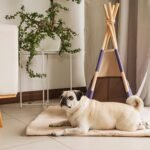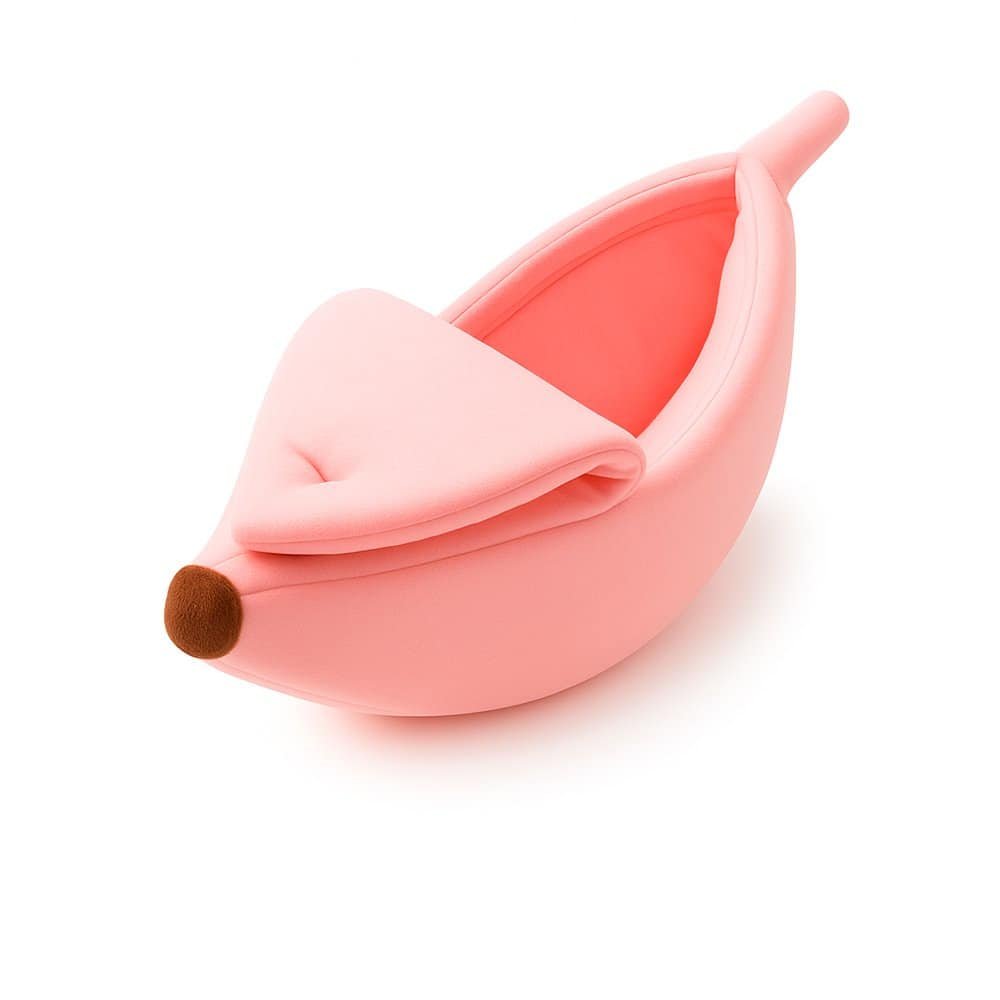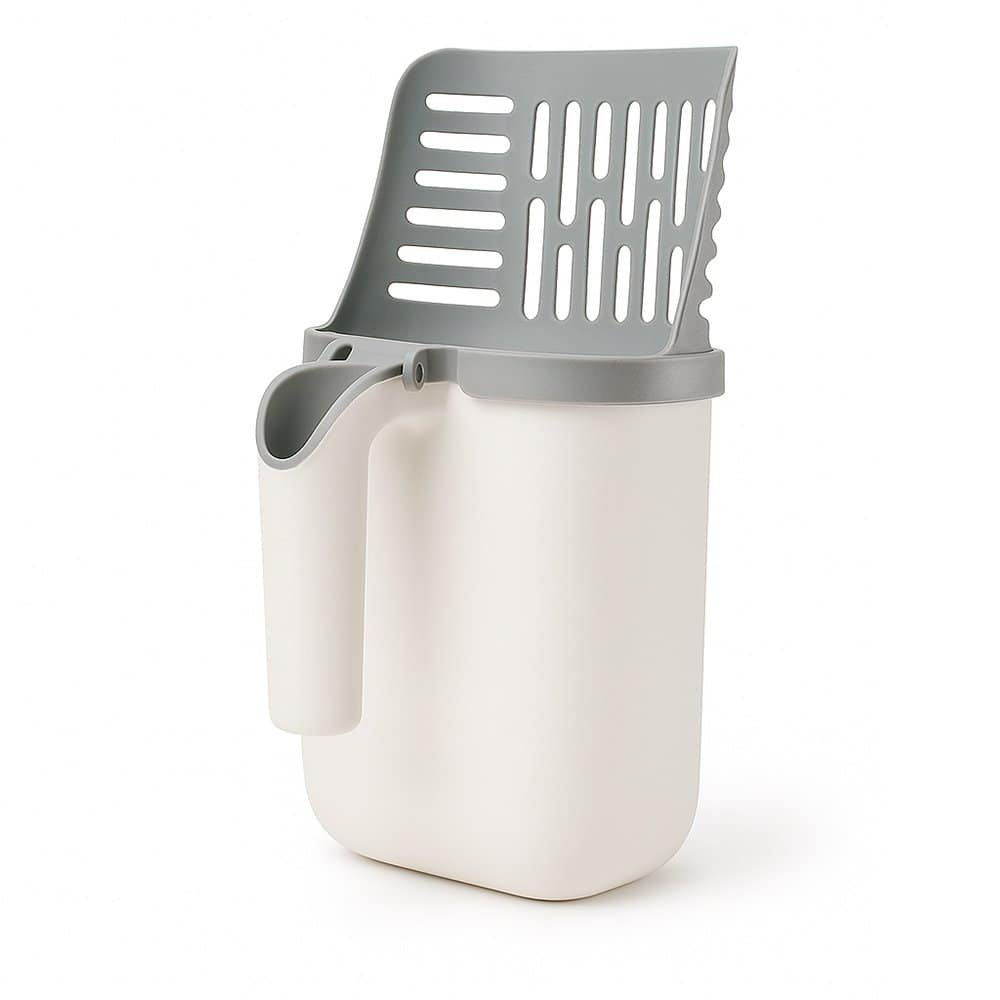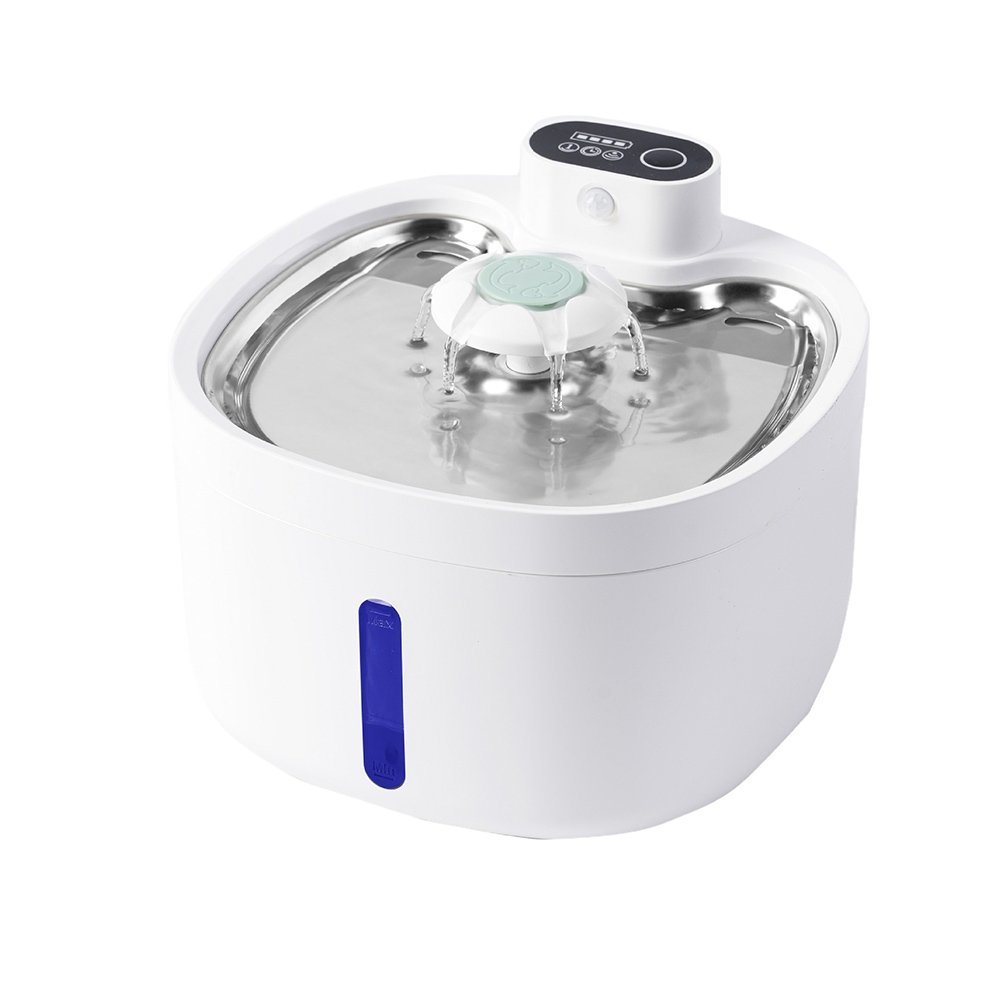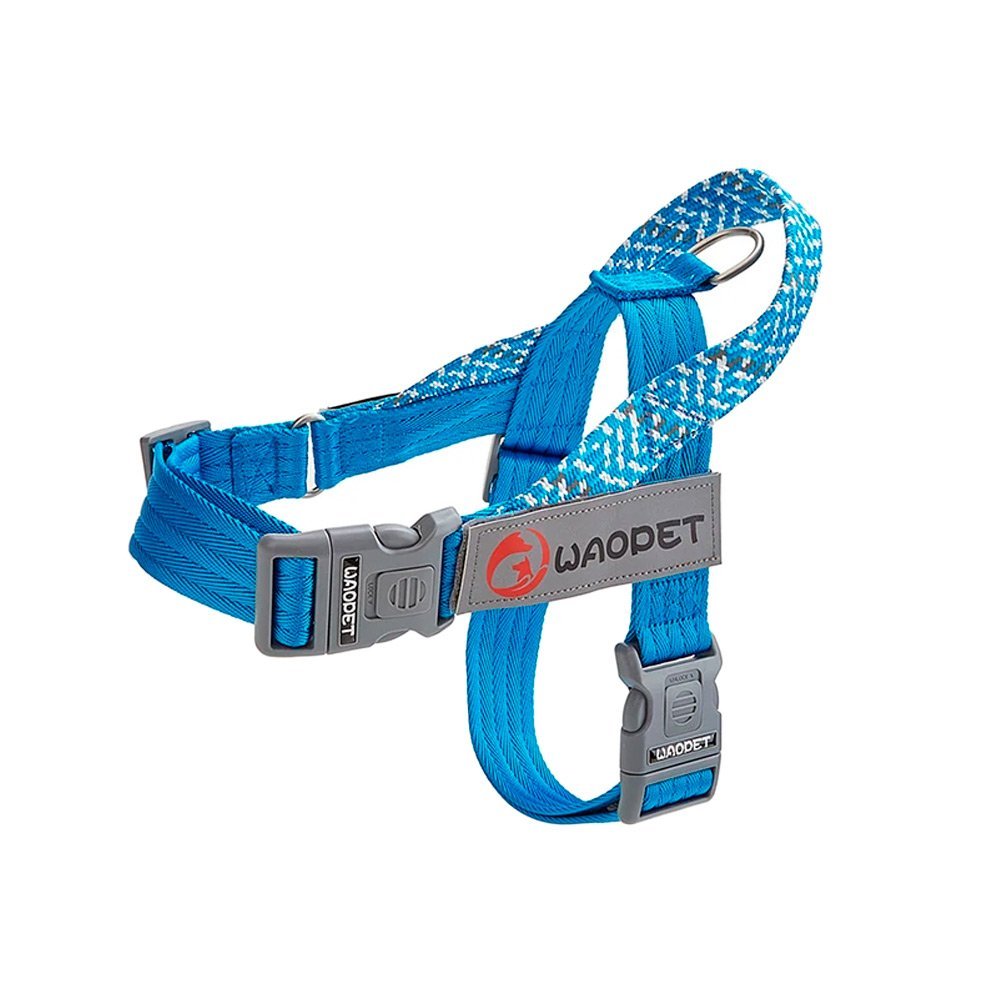Pet-Proofing Your Home: Essentials Every Pet Parent Should Know
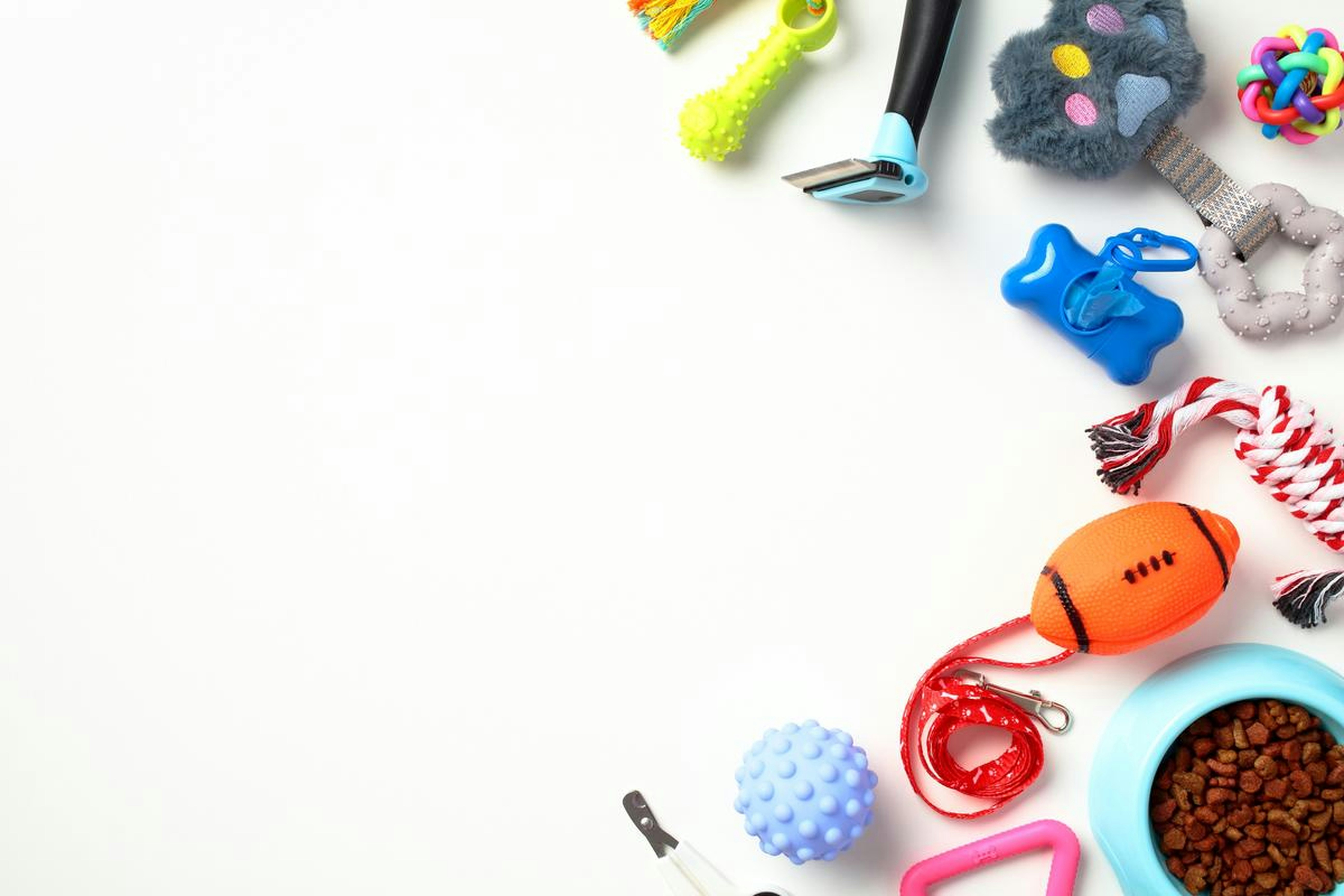
Introduction to Pet-Proofing
Pet-proofing is a critical aspect of responsible pet ownership that involves creating a safe and secure environment for beloved animals. As pet parents, it is our duty to identify and mitigate potential hazards that may pose risks to our furry companions. Despite their playful and curious nature, pets often find themselves in precarious situations, particularly within the home. Common risks can range from ingesting toxic substances to encountering sharp objects and problematic electrical cords. Accordingly, an effective pet-proofing strategy is paramount not only for the safety of pets but also for the peace of mind of pet owners.
The importance of pet-proofing cannot be overstated, as an unprepared environment may lead to accidents, injuries, or even life-threatening situations. Pet parents must recognize that pets are inquisitive by nature; they often explore their surroundings using their mouths and paws. Thus, a simple household item can turn into a dangerous object if not properly secured. Items such as cleaning products, medications, and small choking hazards should be systematically stored out of reach, preferably in cabinets with childproof locks.
Moreover, pet-proofing extends beyond just physical objects. Environmental factors, such as an unsecured balcony or unfenced yard, also require consideration. Making structural adjustments and ensuring that pets cannot escape or encounter traffic dangers is essential in a comprehensive pet-proofing scheme. Additionally, understanding the behavior and capabilities of specific breeds can further inform safety measures. For instance, larger and more active breeds may require different precautions compared to smaller, less energetic ones.
The proactive approach of pet-proofing enhances the overall quality of life for both pets and their owners. By taking the necessary steps to safeguard our homes, we foster an environment where our animals can thrive safely and happily.
Understanding Your Pet’s Behavior
Understanding the behavior of your pet is fundamental for effective pet-proofing within the home. Different types of pets exhibit distinct behaviors influenced by their species, breed, and individual personalities. For instance, dogs are naturally curious and often engage in chewing, digging, or climbing as a result of their instinctual drive to explore their surroundings. On the other hand, cats are known for their climbing abilities and prefer high perches, which can pose potential hazards if they access shelves or countertops not designed for their safety.
Small mammals, such as rabbits or guinea pigs, may instinctively chew on wires or furniture to maintain their dental health, making it essential to anticipate these behaviors when creating a safe environment. Birds, while different in their activities, might be attracted to hazardous objects that can lead to injury or poisoning. By recognizing these inherent behaviors, pet parents can better anticipate potential dangers lurking in the home.
Moreover, understanding these instincts allows pet owners to guide their pet-proofing strategy effectively. For example, if you are aware that your dog has a tendency to chew, you can secure electrical cords, remove edible items placed too low, and provide appropriate chew toys that satisfy this urge. Similarly, if your cat frequently climbs to high places, ensuring that fragile items are stored safely out of reach or utilizing cat trees can help mitigate risks. Additionally, training pets to recognize safe zones within the home can establish boundaries that protect both the animals and the household.
Ultimately, comprehending your pet’s behavior is not only vital for their safety but also contributes to a harmonious living environment. By actively engaging with their instincts and tendencies, pet owners are empowered to take the necessary precautions required for comprehensive pet-proofing.
Identifying Household Hazards
Creating a safe environment for pets is a crucial responsibility for any pet parent. One of the first steps in ensuring pet safety is identifying common household hazards that could pose dangers to animals. Numerous items found in most homes can be harmful, and a proactive approach is essential to keep furry companions safe.
Firstly, toxic plants are a significant threat to pets. Various houseplants such as lilies, philodendrons, and sago palms can cause severe health issues if ingested. It is advisable to research plants before bringing them into your home and opt for pet-safe varieties like spider plants or Boston ferns instead.
Household chemicals also warrant careful consideration. Cleaning supplies, paints, and pesticides often contain substances harmful to pets. Labels should always be read thoroughly, and ideally, these products should be stored in cabinets that are inaccessible to pets. Even what seems like a harmless item, such as laundry detergent pods, can be extremely toxic if ingested.
Small objects around the house pose another risk. Items such as coins, small batteries, and button batteries can be enticing for pets but are potential choking hazards. It is vital to regularly check common areas, where such objects may be dropped, and keep them out of reach. Additionally, toys and other play items should be appropriate for your pet’s size to prevent accidental swallowing.
Electrical cords are another household hazard that pet parents often overlook. Pets may chew on cords out of curiosity or boredom, leading to severe injuries or even electrocution. Utilizing cord protectors or hiding cords behind furniture can significantly reduce this risk.
In summary, recognizing and managing these potential hazards is vital for safeguarding your pets. Assessing each room in your home for these dangers, and taking preventative measures will create a healthier and safer living space for your beloved companions.
Creating Safe Spaces for Your Pet
Ensuring that your pet feels secure within your home is essential for their overall well-being. Designating specific areas where pets can retreat not only provides them with comfort but also helps them manage their stress levels. These safe spaces should be quiet, cozy, and free from distractions. Consider utilizing a pet bed or crate outfitted with soft blankets and their favorite toys, encouraging a sense of ownership and security.
Baby gates can be an effective tool for creating safe spaces, particularly in households with multiple pets or young children. These gates can help to limit access to certain areas of the home, ensuring that your pet has a peaceful retreat from the hustle and bustle. Remember to choose gates that are sturdy and appropriately sized for your pet, as well as easy for you to operate. This balance ensures that your pet’s safe space remains undisturbed while still allowing you to navigate your home effortlessly.
When designing these safe spaces, consider incorporating elements that stimulate the senses while promoting relaxation. Natural light, gentle background noise, and calming scents can help enhance your pet’s environment. For example, placing the safe space near a window but not in direct sunlight can provide your pet with a view while keeping them comfortable. Additionally, adding familiar scents such as your worn clothing or a favorite blanket can help your pet feel more at ease.
Ultimately, the goal of creating safe spaces is to help pets feel safe, secure, and comfortable within the home. By fostering an inviting environment through well-thought-out design and proper use of barriers such as baby gates, pet parents can ensure their beloved companions have the perfect refuge for relaxation and security. By prioritizing these safe spaces, pet owners contribute significantly to their pets’ happiness and health.
Securing Furniture and Décor
Creating a safe living environment for pets extends beyond their direct care; it involves securing furniture and décor to prevent potential accidents and damage. One of the primary strategies for ensuring safety in a pet-friendly home is anchoring bookshelves and other tall furniture. Cats, in particular, may climb or jump onto these surfaces, risking both injury to themselves and the possibility of items falling. Wall anchors are available for this purpose; they provide stability and confidence that heavy items remain securely in place. When selecting bookshelves, consider opting for lower units that minimize the risk of tipping.
Additionally, it is prudent to keep valuable items and fragile decorations well out of reach. This might mean placing collectibles on high shelves or in cabinets with doors. Utilizing storage bins with secure latching mechanisms can safeguard smaller items that dogs or cats might mistake for toys. A good rule of thumb is to keep anything that is breakable or that pets could possibly chew on out of their immediate environment.
Choosing pet-safe materials for furniture and décor also plays a vital role in securing your home. Fabrics that are resistant to scratching, chewing, or staining can help maintain the longevity of your furnishings. Microfiber, synthetic fibers, and leather are excellent choices. These materials not only withstand wear and tear but are often easier to clean and maintain. Furthermore, when selecting decorations, consider items that are sturdy and stable rather than lightweight and easily toppled. This thoughtful selection ensures that your home is both stylish and safe for your furry companions.
Pet-Friendly Cleaning Supplies
As a pet parent, one of the key responsibilities is ensuring that your living environment is both clean and safe for your furry friends. Traditional cleaning products can often contain chemicals that are harmful to pets, making it essential to consider alternatives that are pet-friendly. When selecting cleaning supplies, look for products that are labeled as “non-toxic” or “pet-safe.” These products generally avoid harsh chemicals such as ammonia, bleach, and phthalates, which can be detrimental to your pets’ health.
Some common pet-friendly cleaning agents include vinegar, baking soda, and castile soap. Vinegar is an excellent natural disinfectant and deodorizer, effective in removing odors and stains from various surfaces. Baking soda, on the other hand, can be sprinkled on carpets or upholstery to absorb pet odors before vacuuming. Castile soap is a versatile cleaner that is gentle enough for pet toys and grooming tasks. For more effective cleaning, you may consider pre-formulated pet-safe cleaning products available on the market. Brands that focus on eco-friendly formulations often provide effective alternatives without compromising the safety of your pets.
However, while using pet-friendly cleaning supplies, it is crucial to avoid cross-contamination. Ensure all surfaces are adequately rinsed after cleaning to eliminate any potential residues. Always provide adequate ventilation during the cleaning process, as even natural products can release strong odors that may irritate your pet. It is advisable to schedule cleaning activities while your pet is in a separate area, minimizing stress or exposure to newly cleaned spaces. By prioritizing pet-friendly cleaning supplies, you contribute to a healthier environment for your beloved companions, ensuring that your home remains fresh and safe. In conclusion, maintaining a clean home does not have to come at the expense of your pet’s safety; with careful product selection, you can achieve both goals simultaneously.
Outdoor Safety Measures
Ensuring the safety of pets outdoors is a critical responsibility for every pet parent. One of the foremost considerations is having secure fencing around the yard. A sturdy, high fence not only prevents pets from escaping but also keeps unwanted animals out, thereby safeguarding your pet from potential harm. It is advisable to inspect the fence regularly for any gaps or weaknesses that might allow an adventurous pet to slip through. Additionally, consider extensions or barriers if you have a climbing breed, as some dogs and cats are adept at jumping obstacles.
Another essential aspect of outdoor safety is the removal of toxic plants and substances. Many common garden plants, such as lilies, azaleas, and oleander, are poisonous to pets. Before gardening or landscaping, it is prudent to research which plants are safe for pets and to remove any harmful varieties from your garden. Furthermore, household substances such as fertilizers and pesticides should also be stored securely, as ingestion can lead to severe health complications for pets.
Supervision during outdoor play is equally important. Even in secure spaces, pets can engage in behaviors that pose risks, such as digging or chewing on harmful objects. Keeping an eye on them while they explore can prevent accidents and allow for immediate intervention if a potentially hazardous situation arises. Additionally, incorporating a leash or harness while walking your pet in public spaces enhances control and minimizes the risk of unexpected encounters with other animals or vehicles.
Regarding travel, ensuring that your pet’s safety is paramount is essential. Always use a pet seat belt, carrier, or crate when traveling by car, as this not only protects your pet but also reduces distractions for the driver. Take breaks during longer trips to allow your pet to relieve themselves and hydrate. Lastly, before embarking on outdoor trips, ensure your pet is up to date on vaccinations and identification, providing peace of mind in the event they become lost.
Training Your Pet to Stay Safe
Training plays a crucial role in pet-proofing your home by ensuring your furry companions understand acceptable behaviors and safe boundaries. Commands such as “sit”, “stay”, and “leave it” form the foundation of obedience training and are essential tools in guiding your pet’s behavior. The repeated reinforcement of these commands helps to establish a communication system where your pet can respond to your cues effectively. Consistency and patience are vital during this process; it is important to practice these commands regularly to solidify your pet’s understanding and compliance.
In addition to basic commands, obedience training enhances your pet’s safety and fosters a harmonious environment. Pets that are well-trained are less likely to explore hazardous areas of the home or engage with dangerous items. For instance, teaching your pet to avoid areas where cleaning supplies, electrical cords, or fragile objects are stored can significantly reduce the risk of accidents and injuries.
To maximize the effectiveness of your training sessions, utilize positive reinforcement techniques. Rewarding your pet with treats, praise, or playtime whenever they successfully follow a command creates a positive association and encourages them to repeat the desired behavior. The use of a calm and assertive demeanor during training will also help your pet feel secure and more likely to comply. Additionally, gradually introducing your pet to new environments or items, while employing training commands, will help them adapt to these changes in a controlled manner.
Creating an environment that is both safe and comfortable for your pet requires ongoing effort and vigilance. By consistently training your pet to adhere to specific commands and boundaries, you not only enhance their obedience but also significantly contribute to their overall safety within your home.
Final Checklist for Pet-Proofing
Ensuring a safe and inviting environment for your pets involves more than just choosing the right toys or feeding them well. Pet-proofing your home is an essential responsibility for every pet parent. To assist in this endeavor, here is a comprehensive checklist that summarizes the key points discussed previously, providing actionable steps to enhance the safety of your living space.
First and foremost, examine your home for any potential hazards that could endanger your pets. This includes checking for accessible electrical cords; consider using cord covers or securing them out of reach. Additionally, ensure that toxic substances, such as cleaning supplies, medications, and certain plants, are stored in locked cabinets or on high shelves.
Next, be mindful of small objects that pets might ingest. Items like coins, rubber bands, and paper clips should be kept out of reach. It’s also crucial to secure trash cans with lids to prevent pets from rummaging through them and potentially consuming harmful items.
As you continue your pet-proofing journey, don’t overlook safety in your outdoor areas. Ensure that fences are tall and intact, restricting any possibility of escape. Additionally, check for poisonous plants or chemicals used on your lawn that could pose a danger to your pets. If possible, create a designated pet area where they can play safely.
Lastly, invest in safe toys and furniture, avoiding those with small parts that could present choking hazards. Similarly, consider securing heavy objects that could topple over and cause injuries. By adhering to this checklist and prioritizing safety, you can create a welcoming environment that meets all of your pet’s needs while minimizing risks.

